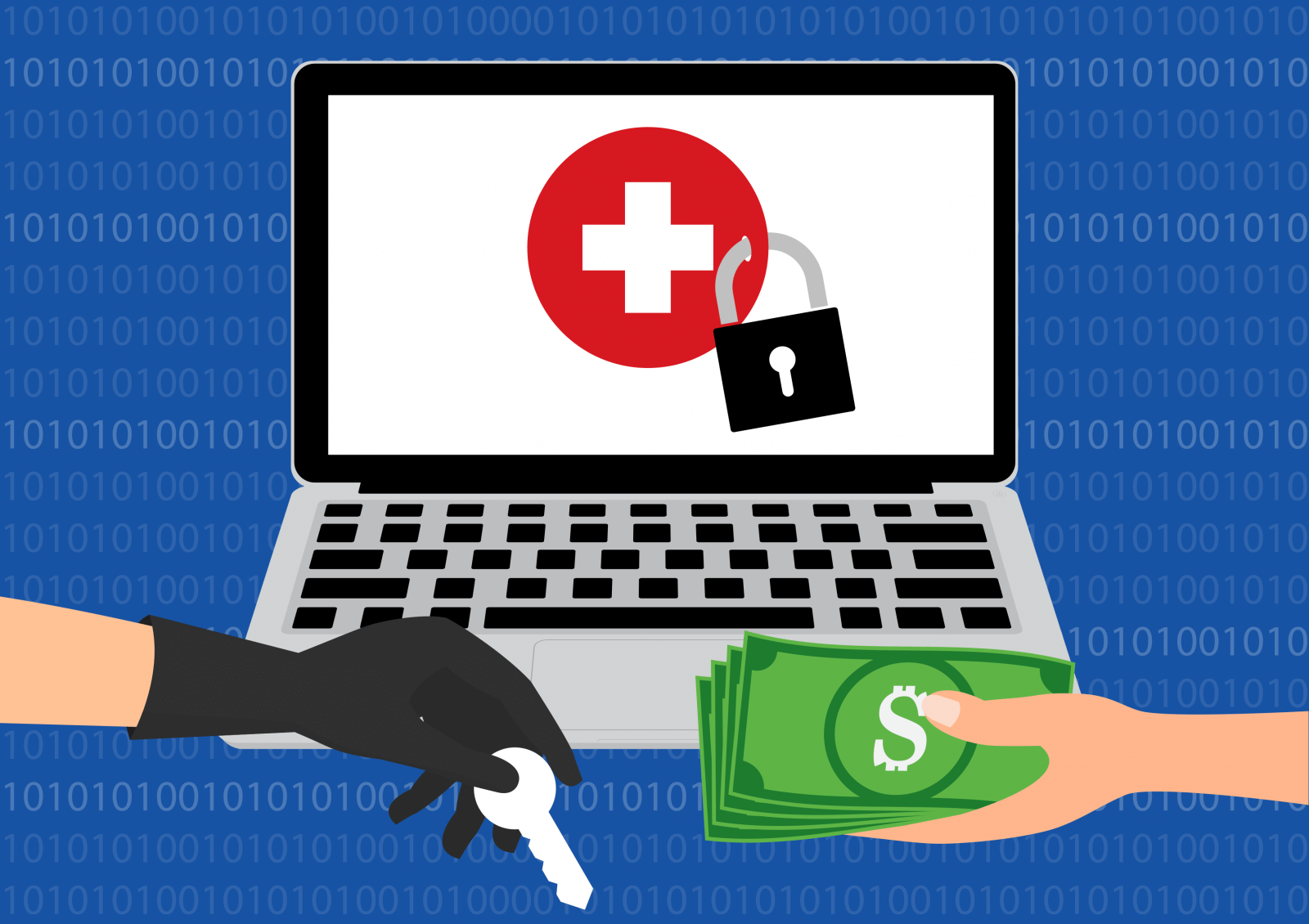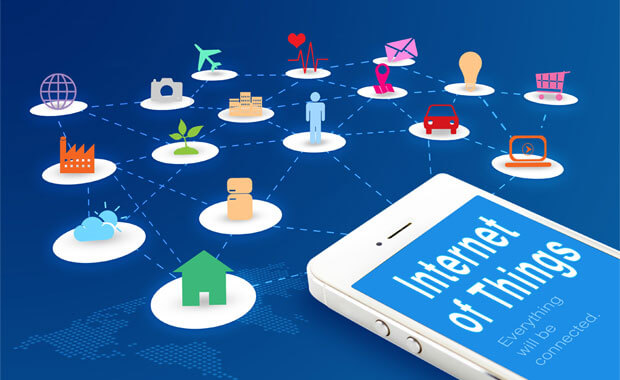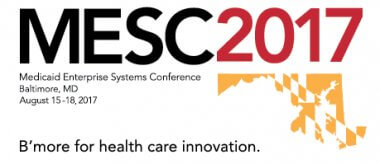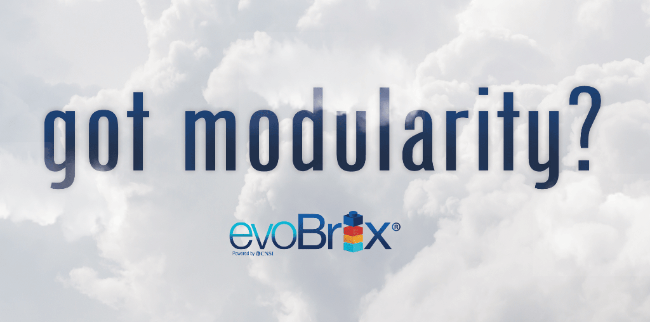TennCare is a leader in the move to value-based payment models. They are laser-focused on their goal to see a significant benefit to healthcare outcomes, while cutting the cost for the people of Tennessee,” said Fred Guthrie, associate vice president of Edifecs. “We are proud our solution is part of this transformation and to be partnered with TennCare to better serve their populations.”
Top features of the Payment Reform and Value-Based Care solutions include:
- Centralized and consolidated platform for all program quality data entry and submissions
- Near real-time visibility of program metrics via role-specific dashboards, reports, and notifications
- Flexible quality engine for calculation of program-specific customized clinical and outcomes based-measures
- Ability to configure, group, monitor, and associate clinical quality values to all episodes in TennCare’s eight phase episode of care initiative
- Partnership with CNSI, an industry-leading firm specializing in large-scale, mission-critical IT implementations for many state and federal agencies, to integrate MC-Track® for provider compliance and collaboration
These payment reform initiatives will eventually lead to a model in which health care providers are rewarded for high-quality, efficient treatment of medical conditions and the long-term maintenance of their patients’ health. Clinically-focused measurements help drive provider acceptance and participation in value-based initiatives.
“CNSI is proud to bring its extensive managed care experience to our partnership with Edifecs,” added CNSI Chief Strategy Officer Sharif Hussein. “Tennessee is showing great initiative in the progression toward value-based care. We are honored to be a part of the effort and look forward to producing great benefits for the people of Tennessee.”
“States are taking a more active role in shaping payment terms between managed care companies and healthcare providers, and Edifecs recognizes the criticality of the healthcare industry’s successful transition to value-based,” said Sunny Singh, CEO of Edifecs. “We’re committed to helping our customers make these transitions as smooth as possible, ultimately helping to ensure that payments align with quality outcomes for the many patients affected.”
About Edifecs
Edifecs develops innovative, cost-cutting information technology solutions to transform the global healthcare marketplace. Since 1996, Edifecs technology has helped healthcare providers, insurers, pharmacy benefit management companies and other trading partners trim waste, reduce costs and increase revenues. More than 350 healthcare customers today use Edifecs solutions to simplify and unify financial and clinical transactions. In addition, Edifecs develops supply chain management solutions to support worldwide customers in non-healthcare industry segments. Edifecs is based in Bellevue, WA, with operations internationally. Learn more about us at www.edifecs.com.
About CNSI
CNSI delivers a broad range of health information technology (IT) enterprise solutions and customizable products to a diverse base of federal and state agencies. We align, build and manage innovative, high-quality, cost-effective solutions that help clients achieve their mission, enhance business performance and improve the health for over 28 million Americans. Formed in 1994, CNSI is headquartered in Rockville, Maryland, with locations throughout the U.S. and India. CNSI employs a world-class team of technologists, program managers, and subject matter experts, all of whom have experience with large scale mission-critical IT implementations. Formed in 1994, CNSI is headquartered in Rockville, Maryland, with locations throughout the U.S. and India. CNSI’s website is: http://www.cns-inc.com.
 Welcome to Day Two of National Health IT Week. If you’re tracking the agenda, you will notice there is a lot of focus on healthcare and cyber security. It may be because October is also National Cyber Security Awareness Month, but it is probably more likely a main area of focus since health care information systems are quickly becoming the number one target for cyber criminals—as predicted by many professionals in the field.
Welcome to Day Two of National Health IT Week. If you’re tracking the agenda, you will notice there is a lot of focus on healthcare and cyber security. It may be because October is also National Cyber Security Awareness Month, but it is probably more likely a main area of focus since health care information systems are quickly becoming the number one target for cyber criminals—as predicted by many professionals in the field. Connected devices come in all shapes, sizes, and utilities these days. At home, people are connecting their TVs, lightbulbs and even refrigerators, loosely termed, the
Connected devices come in all shapes, sizes, and utilities these days. At home, people are connecting their TVs, lightbulbs and even refrigerators, loosely termed, the  Every year, CNSI
Every year, CNSI 